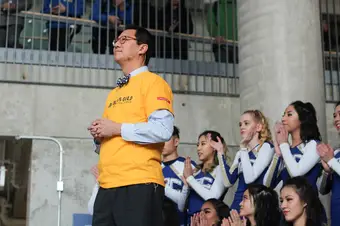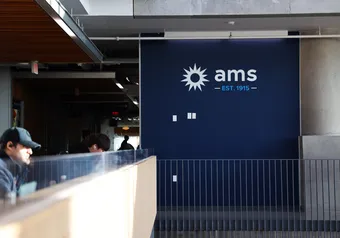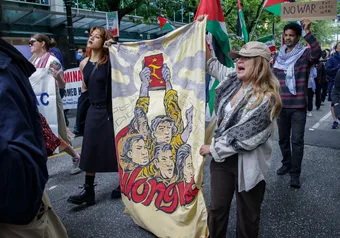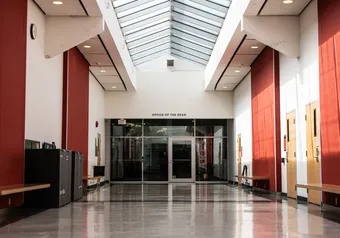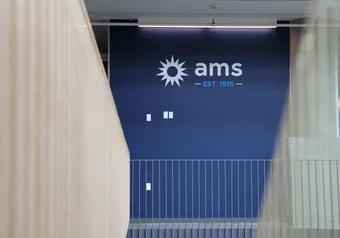Billed as the “largest campaign for scholarships for students in the history of British Columbia,” UBC’s Blue and Gold campaign, which aims to raise $100 million for leadership and needs-based student awards in three years, has reached $40.2 million as of July 3.
According to Janine Root, Development and Alumni Engagement (DAE) director of campus initiatives and awards, the campaign received the “largest number of donations of any single fund at UBC last year.” This helped created 113 new awards and increased the funding for renewable entrance awards.
“Many of the funds that we have raised over the first year of the campaign will be handed out to students for the first time in the fall,” Root said.
“Though some of the money we raised last year was handed out to students in the same year — it depends on the timing of their gift and when in the school year that gift was handed out.”
But this $40.2 million figure is not limited to just donations that UBC received after the official launch on November 27, 2017. According to Richard Fisher, DAE chief communications officer, the number of donations is counted from the start of the launch’s fiscal year on April 1, 2017 — which he called “quite typical in fundraising.”
This means that the campaign has raised a total of $31.6 million in the first fiscal year, or between April 1, 2017 and March 31, 2018. Of this amount, just under $200,000 were raised for the Blue and Gold bursary fund, which is “the focus of the broad based fundraising appeal,” since the fund was not collected until the campaign was launched in November.
“We only count donations that were made to student awards and support (It’s actually illegal to take a donation for one purpose and use it for another!),” said Fisher in an emailed response on how donations were counted if they were given prior to the campaign’s official launch.
UBC has also matched more than $4 million by the end of the 2017/18 school year, out of the $5 million that the university has committed to in matching funds. This funding comes out of the Excellence Fund.
The nitty-gritty
Fisher noted that in the first fiscal year, the average donation for gifts under $25,000 was $827, while the average donation for those over $25,000 was $113,000. He added that 2.2 per cent of donors accounted for 82 per cent of all funds raised over $25,000, and the remaining 97.8 per cent accounted for 18 per cent of funds raised under $25,000.
Of the donations collected for this campaign, many go directly to existing awards, according to Root. For new awards, their allocation and distribution is largely up to the donors themselves.
“For the awards that are being created by donors, we respond to the interests of donors while also sharing the priorities for the university,” she said.
“When I look at the trends over the past three years, we tend to have slightly higher percentage of merit versus need, but this is quite close.”
The distribution of awards between domestic and international students, as well as those between undergraduates and graduates, also relies upon the donors’ discretion. Looking at general trends, Root noted that awards tend to be “relatively evenly split” between those accessible by undergraduates, graduates and those that make no distinction between the two.
One prominent example of donations has been the recent $500,000 gift from the Djavad Mowafaghian Foundation, which will be matched by UBC to establish the first Presidential Scholar Award. It is also the largest award created with the Blue & Gold campaign so far.
This new $1 million endowment will fund $20,000 renewable entrance awards to domestic students entering UBC directly from secondary schools or transferring from other universities in Canada or abroad. Its criteria will be based on the student’s “demonstrated academic and leadership achievements in the arts, community, athletics, or school.”
“As a society, to get better and stronger in the future, we need to invest in children today,” said Hamid Eshghi, president of the Djavad Mowafaghian Foundation in a UBC media release. “Many of these students will be very successful leaders of the future. This is an excellent program.”
“An accessible university to all students”
AMS VP Academic and University Affairs Max Holmes views the Blue & Gold Campaign as a “great initiative” so far.
“Overall, we’ve seen that they’ve done a very good job with this campaign, and that they’ve had a really good first year,” he said. “We really hope that they not only reach their goal, but exceed their goal at the end of this campaign.”
But Holmes also stressed the need to use the campaign as a way to make UBC more accessible, especially for those who are not eligible under the university’s policy on access like international students and some domestic students. For instance, the policy states that “Undergraduate Students without a Permanent Disability must be enrolled in 60% or more of a full course load for the program in which they are registered” to be considered eligible.
- ‘We’ve been ... just raising it two per cent every year and not thinking too hard about it.’ Does UBC need annual tuition hikes?
- International tuition increases of 46.8% over the next three years announced
He believes that since the campaign just recently started, the AMS will have time to discuss these considerations and how financial support would work following the campaign with UBC — especially in the “final leg of the campaign.”
“I think it’s really important that we think about our international students when we’re having these campaigns, and that we’re offering support for all of the students that are attending our university,” Holmes said.
“When the campaign finishes, the focus should really be about access, and that this campaign was done to make sure that this is an accessible university to all students.”
— with files from Andrew Hung and Alex Nguyen
This article has been updated to clarify the distinction between the Blue and Gold campaign and the bursary fund.
First online
Share this article


